Very young and ambitious, he participated at the age of 14 in the Battle of Jena under Prussian command.
Then his father rallied around his cousin, the King of Saxony, who joined the Confederation of the Rhine to support the Napoleonic cause.
Because of this alliance, the young Carl Bernhard will fight in Wagram against the Austrians under the command of Bernadotte.
Following the marriage of his older brother to the Tsar's daughter, he will not participate in the French military campaign against Russia.
In 1815 we find him in the army of the Prince of Orange, future King of Holland, where he will play an important role in the defeat of the Emperor Napoléon I .
Having become William I of the Netherlands, his brother in arms will appoint him military governor of East Flanders with residence in Ghent.
The General Duke of Saxony will then play a very important role. in the military campaign of 1831 which could very well have reconquered the rebel Belgian provinces. But after the reconquest of several Flemish towns, he had to comply with the armistice concluded by the King of Holland under the threat of the arrival of 70,000 French soldiers promised by King Louis-Philippe to his future son-in-law King Leopold I of Belgians. Carl Bernhard will end his military career in the Dutch Indian colonies. The plate that I present to you here is hallmarked with the Dutch guarantee for solid silver and is engraved with th number 41.
It is plain and simply decorated with a small border with a discreet motif typical for its time and is engraved with the coat of arms of the Saxony family under the royal crown. It weighs 525 grams.



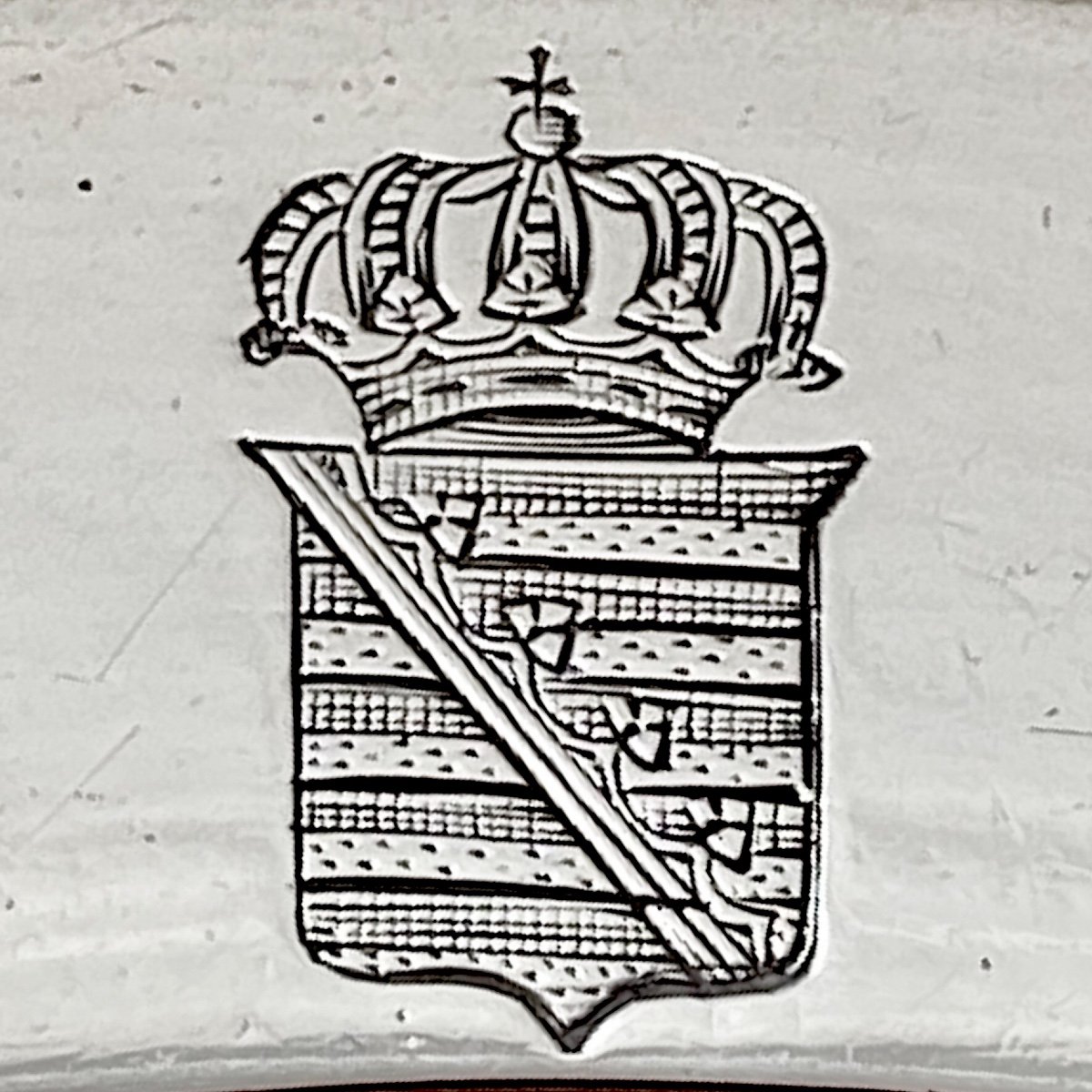

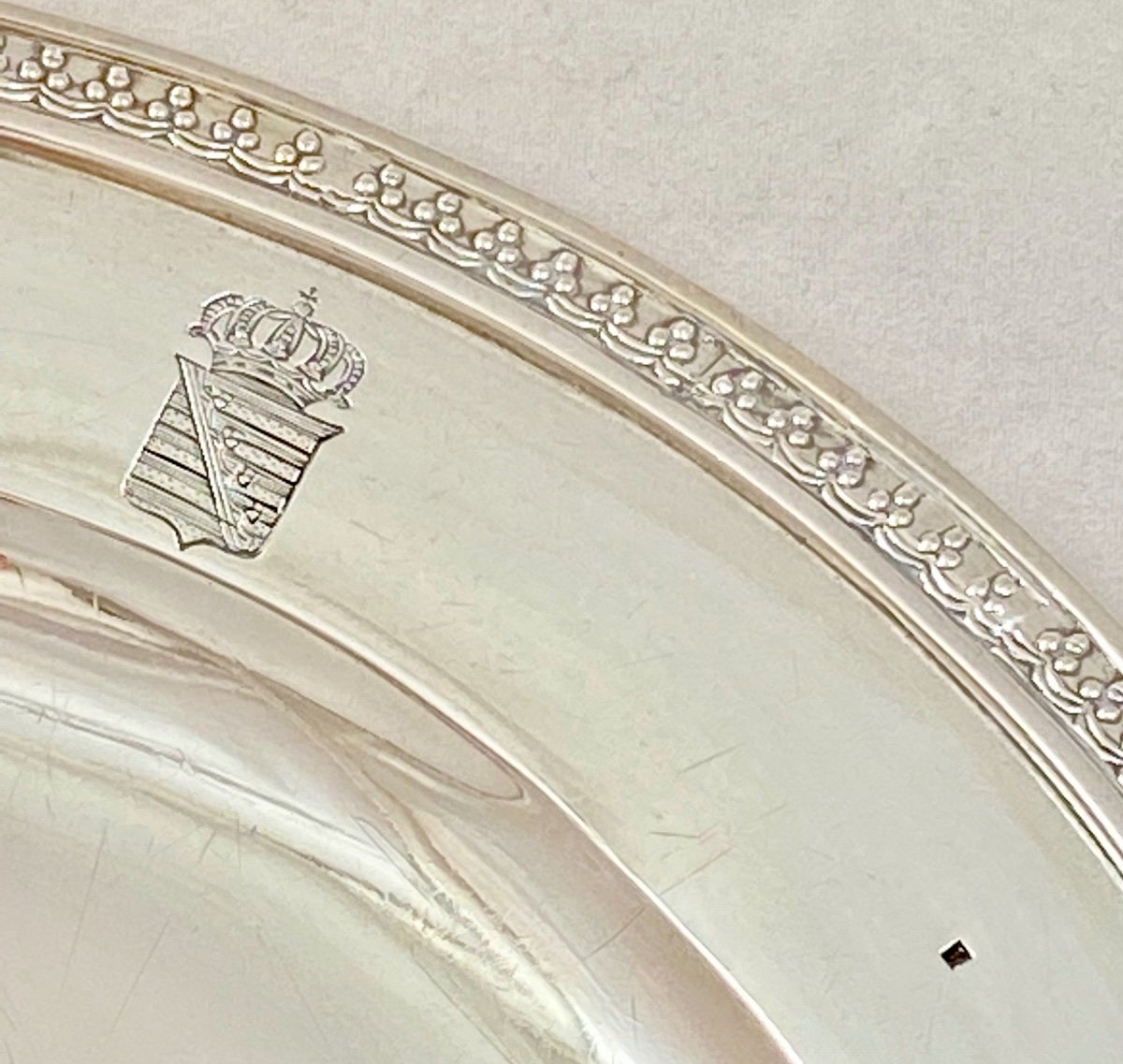
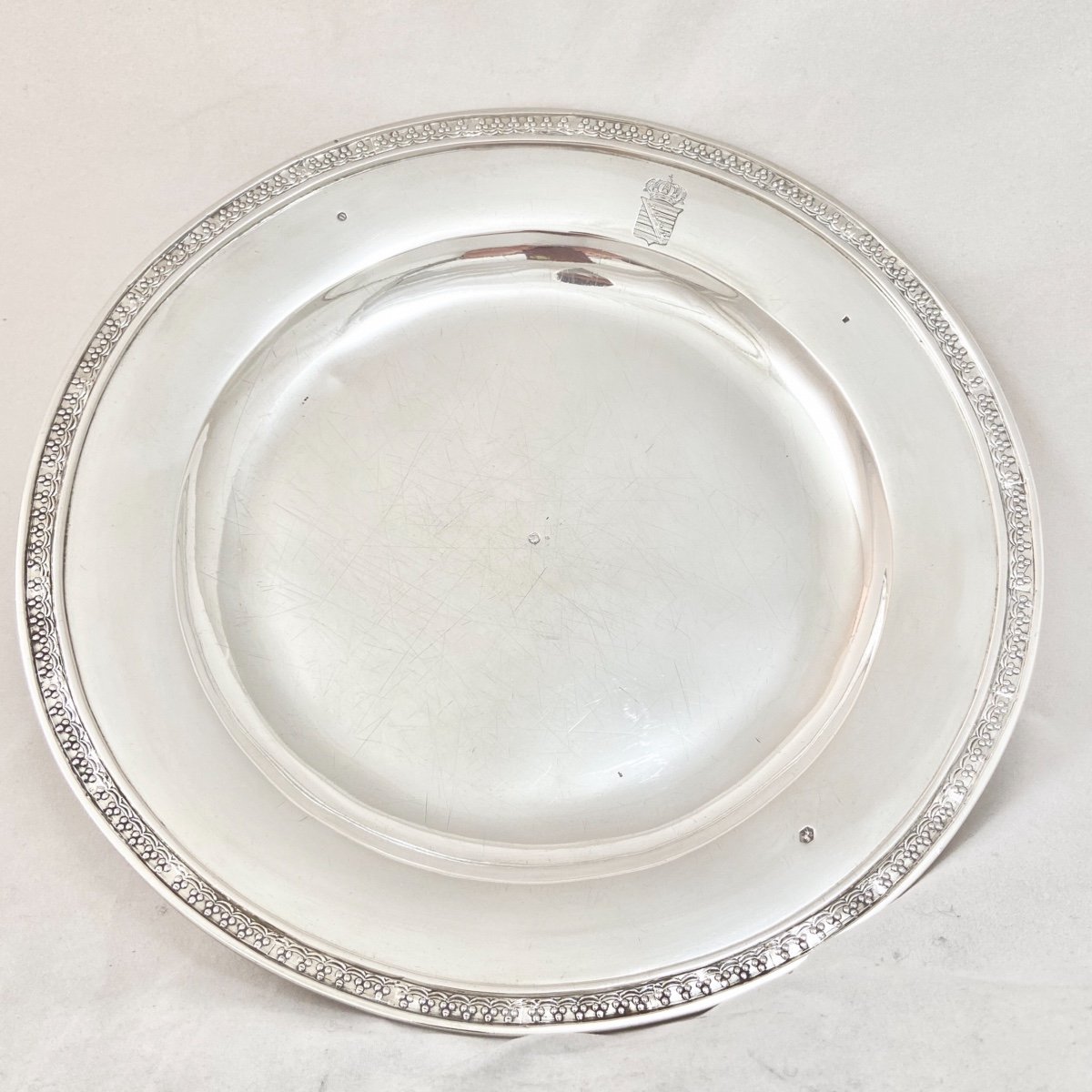
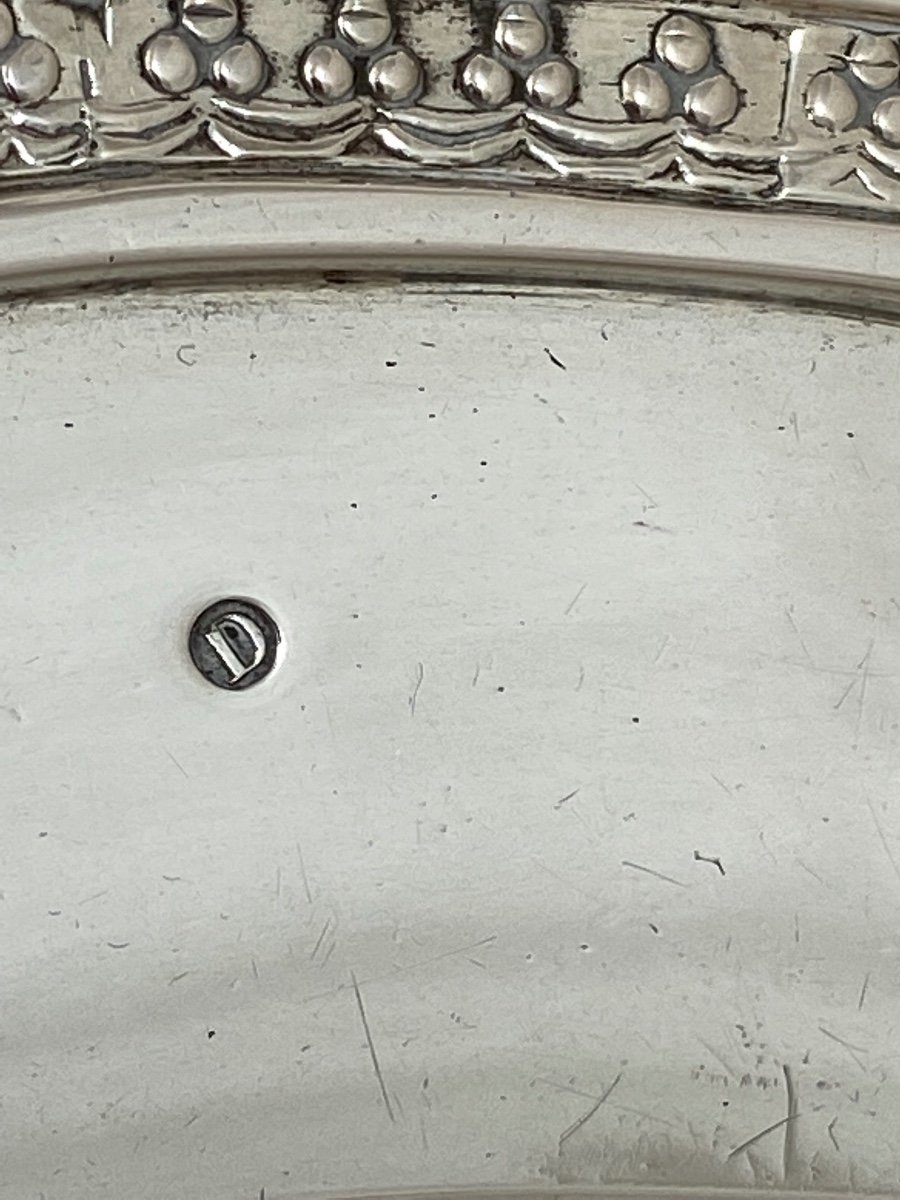
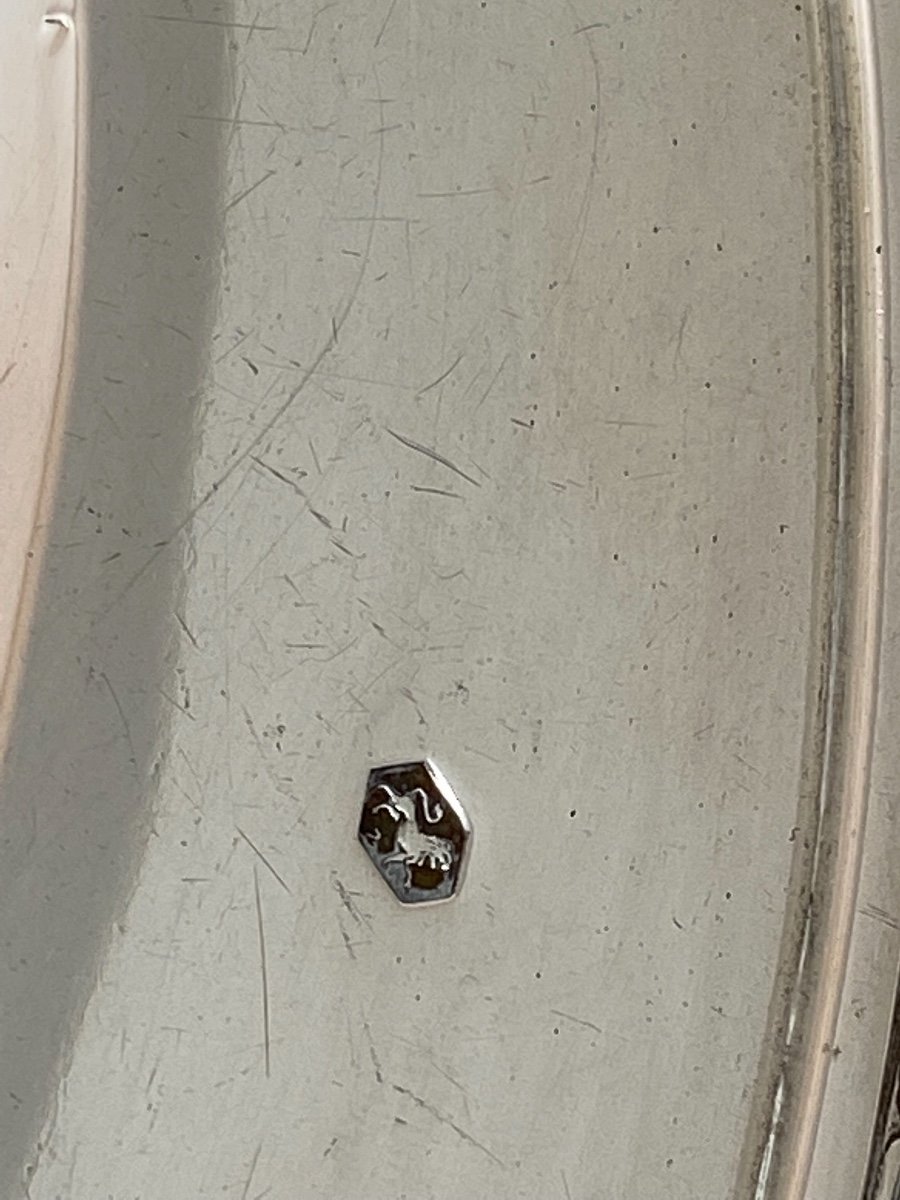
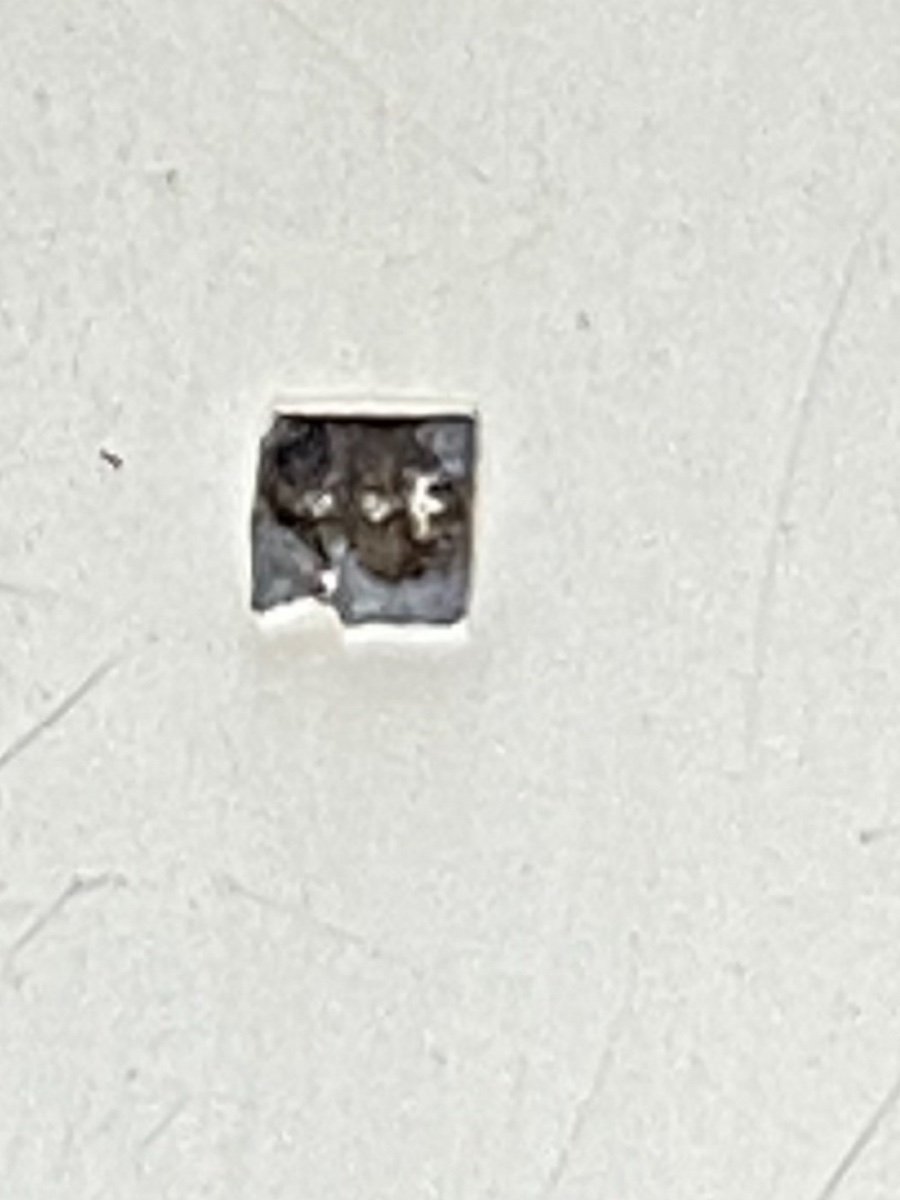
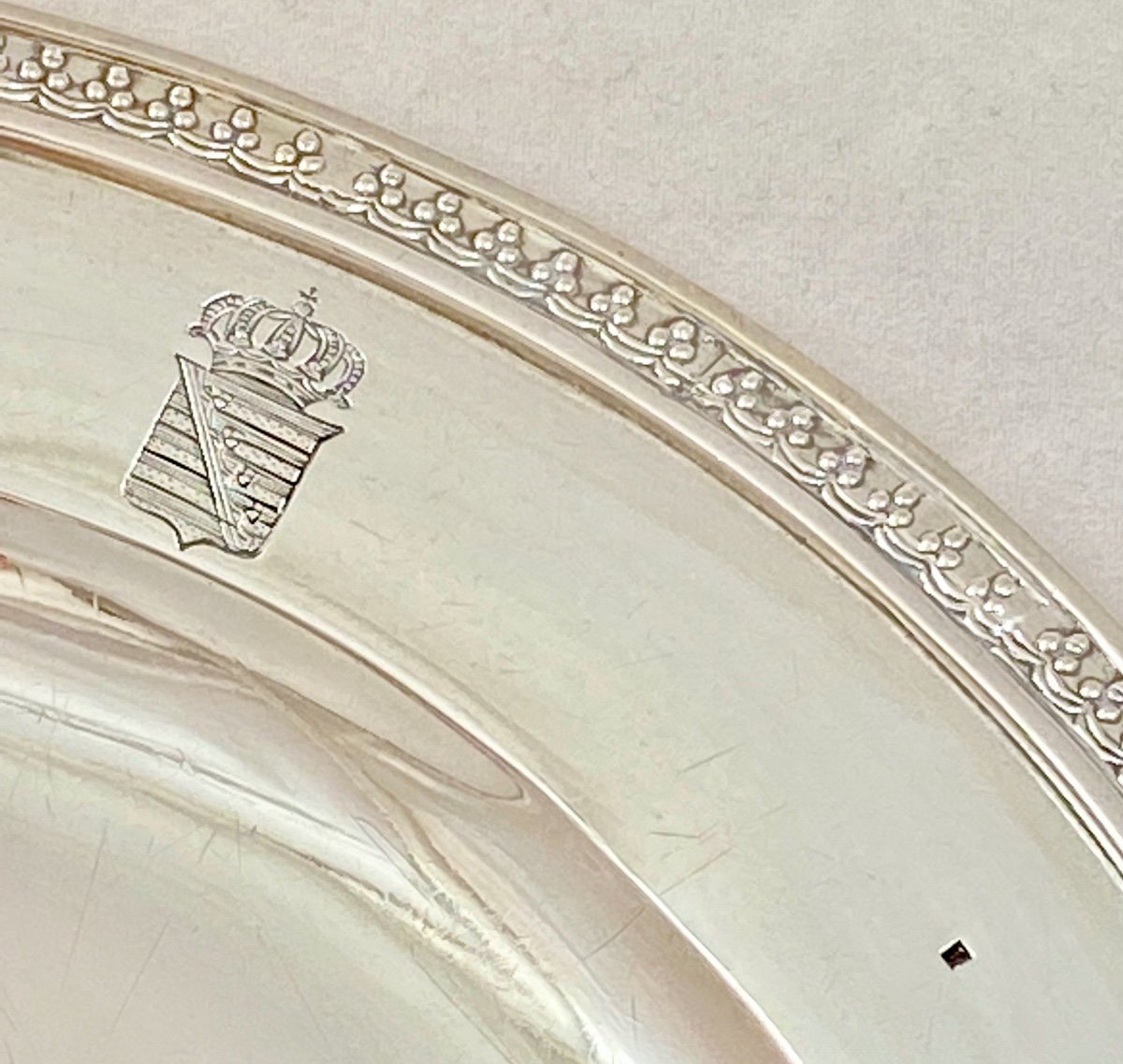

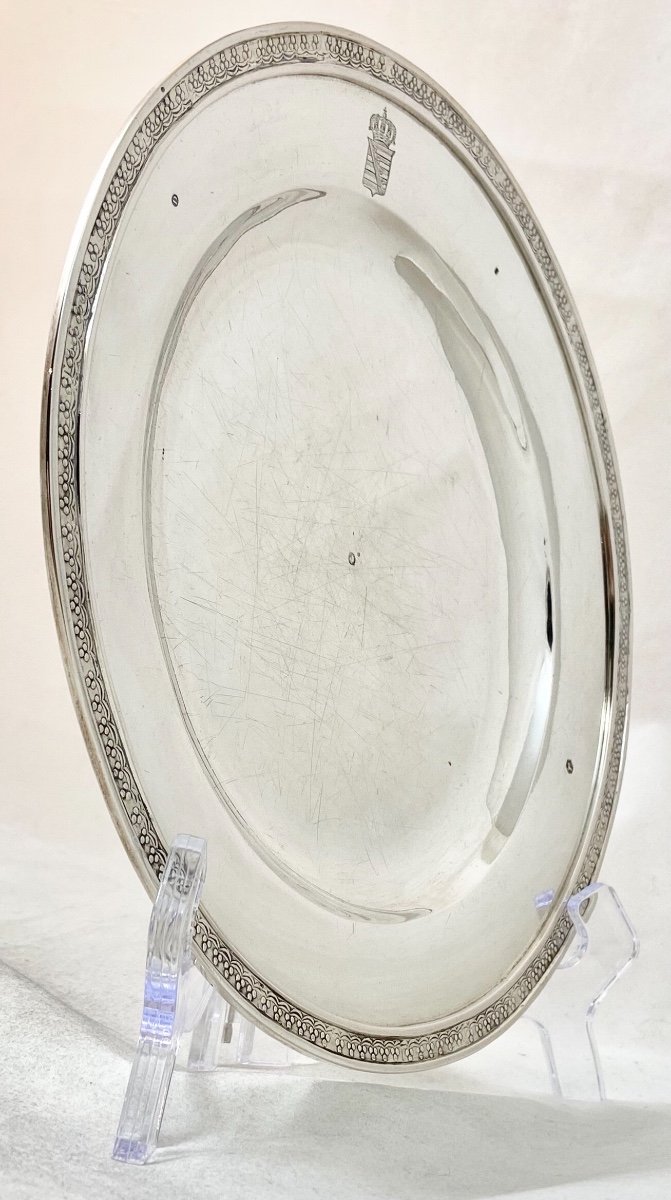

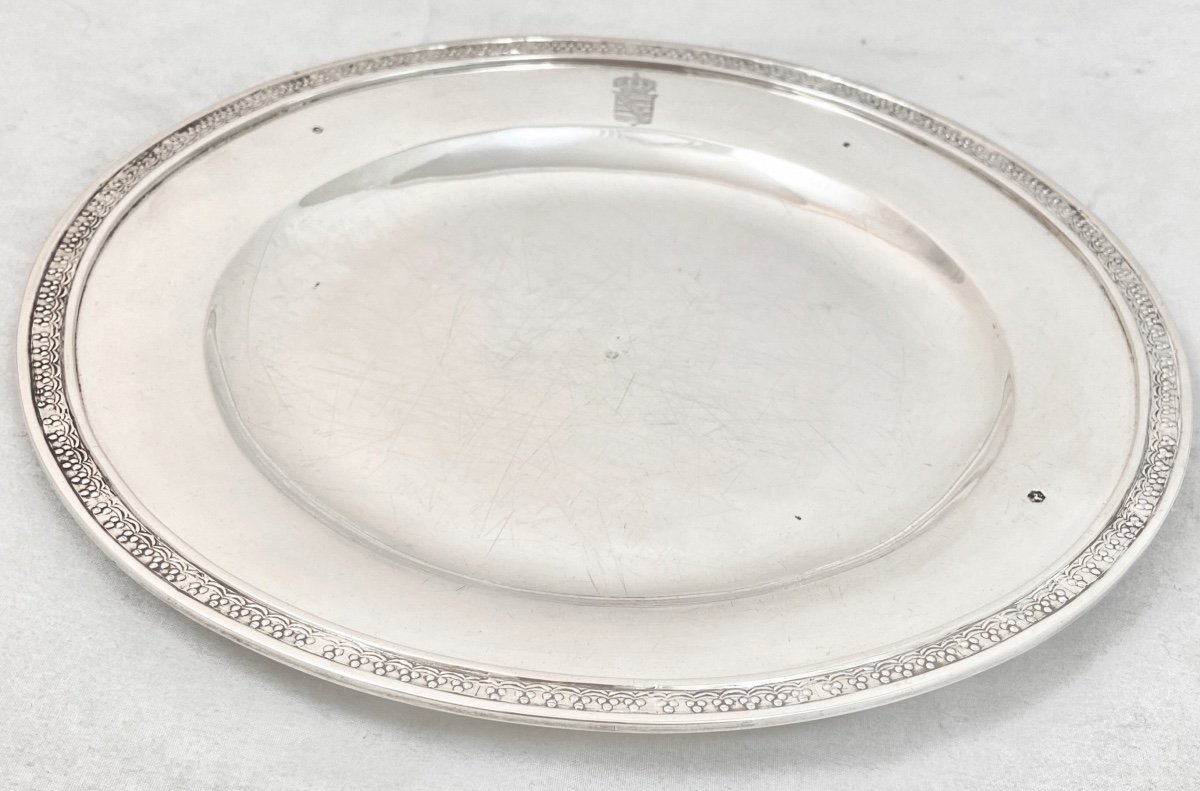
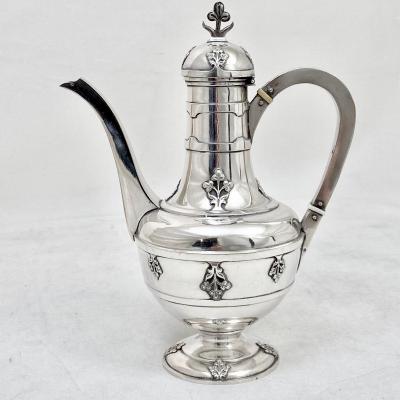


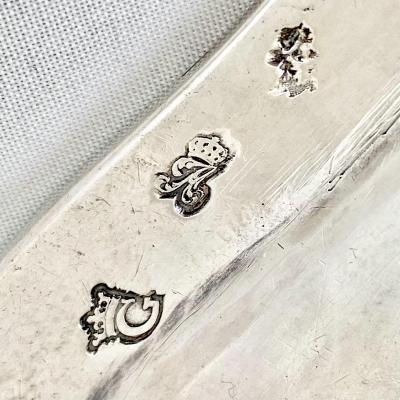




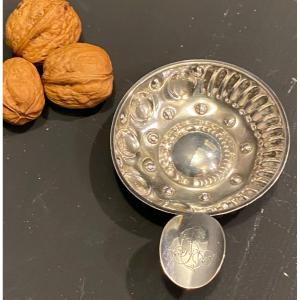

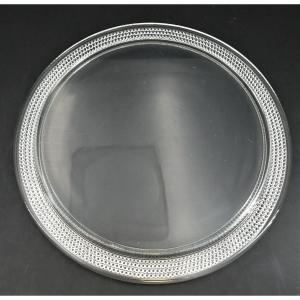
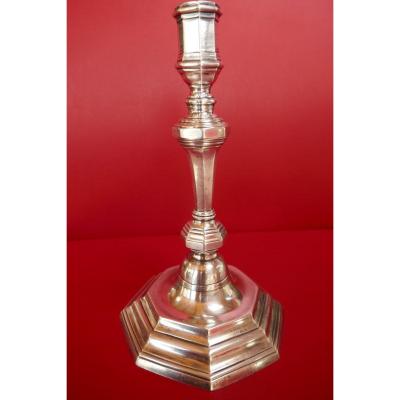



 Le Magazine de PROANTIC
Le Magazine de PROANTIC TRÉSORS Magazine
TRÉSORS Magazine Rivista Artiquariato
Rivista Artiquariato
